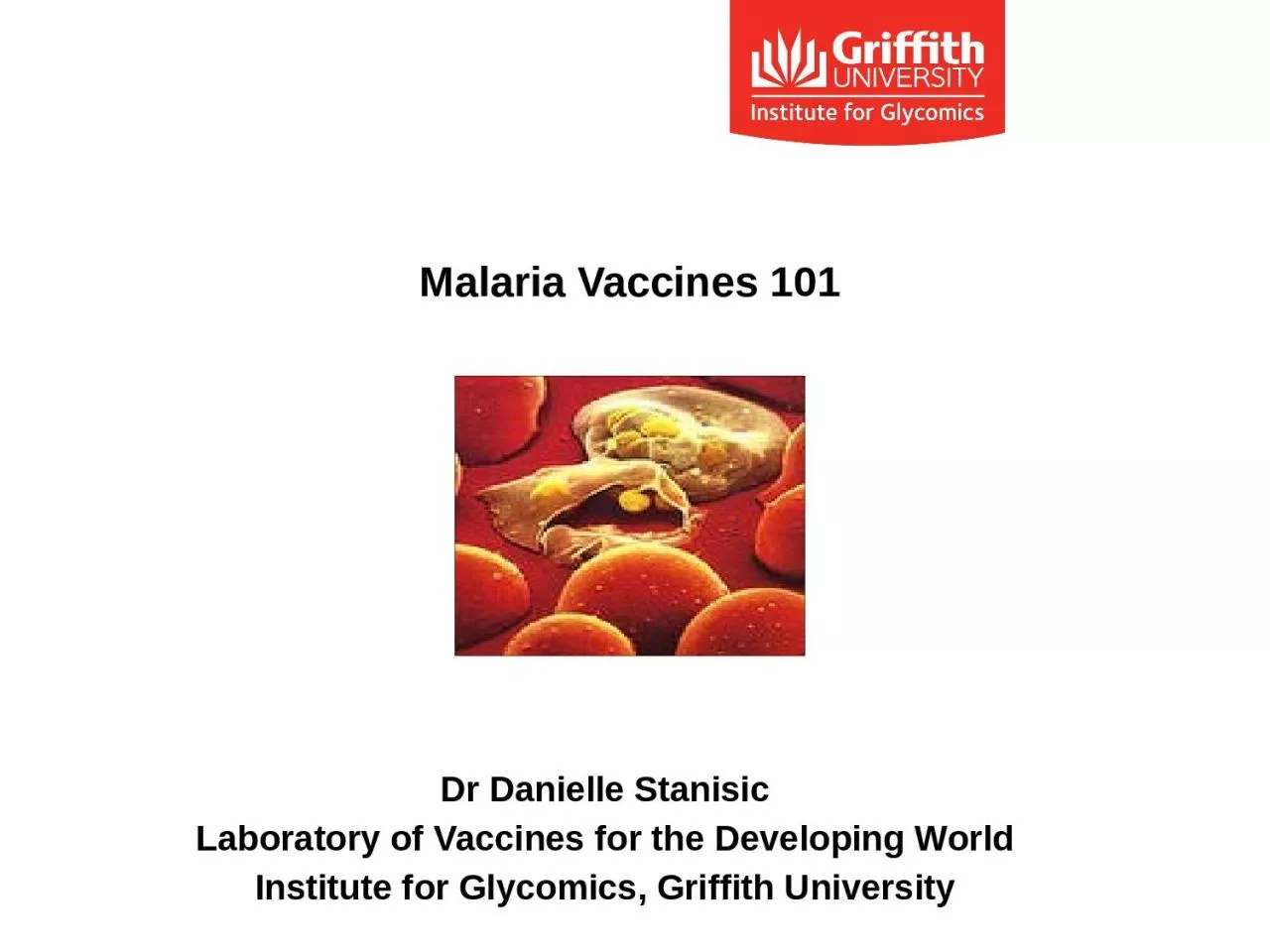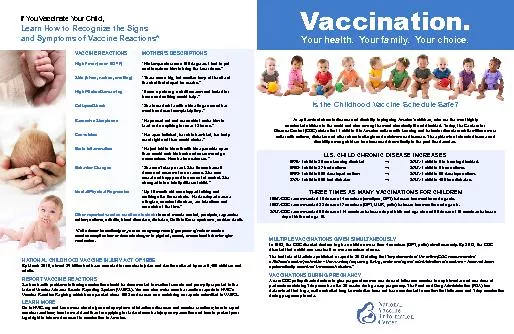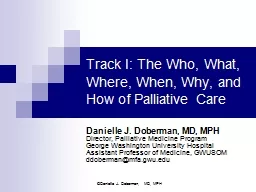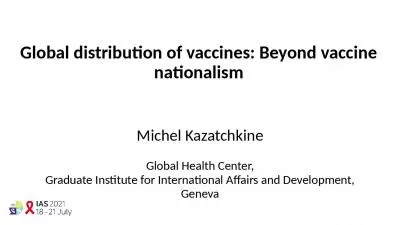PPT-Dr Danielle Stanisic Laboratory of Vaccines for the Developing World
Author : isabella2 | Published Date : 2023-12-30
Institute for Glycomics Griffith University Malaria Vaccines 101 Why dont we have a malaria vaccine Complexity of the parasite Which Plasmodium species should a
Presentation Embed Code
Download Presentation
Download Presentation The PPT/PDF document "Dr Danielle Stanisic Laboratory of Vacci..." is the property of its rightful owner. Permission is granted to download and print the materials on this website for personal, non-commercial use only, and to display it on your personal computer provided you do not modify the materials and that you retain all copyright notices contained in the materials. By downloading content from our website, you accept the terms of this agreement.
Dr Danielle Stanisic Laboratory of Vaccines for the Developing World: Transcript
Download Rules Of Document
"Dr Danielle Stanisic Laboratory of Vaccines for the Developing World"The content belongs to its owner. You may download and print it for personal use, without modification, and keep all copyright notices. By downloading, you agree to these terms.
Related Documents














